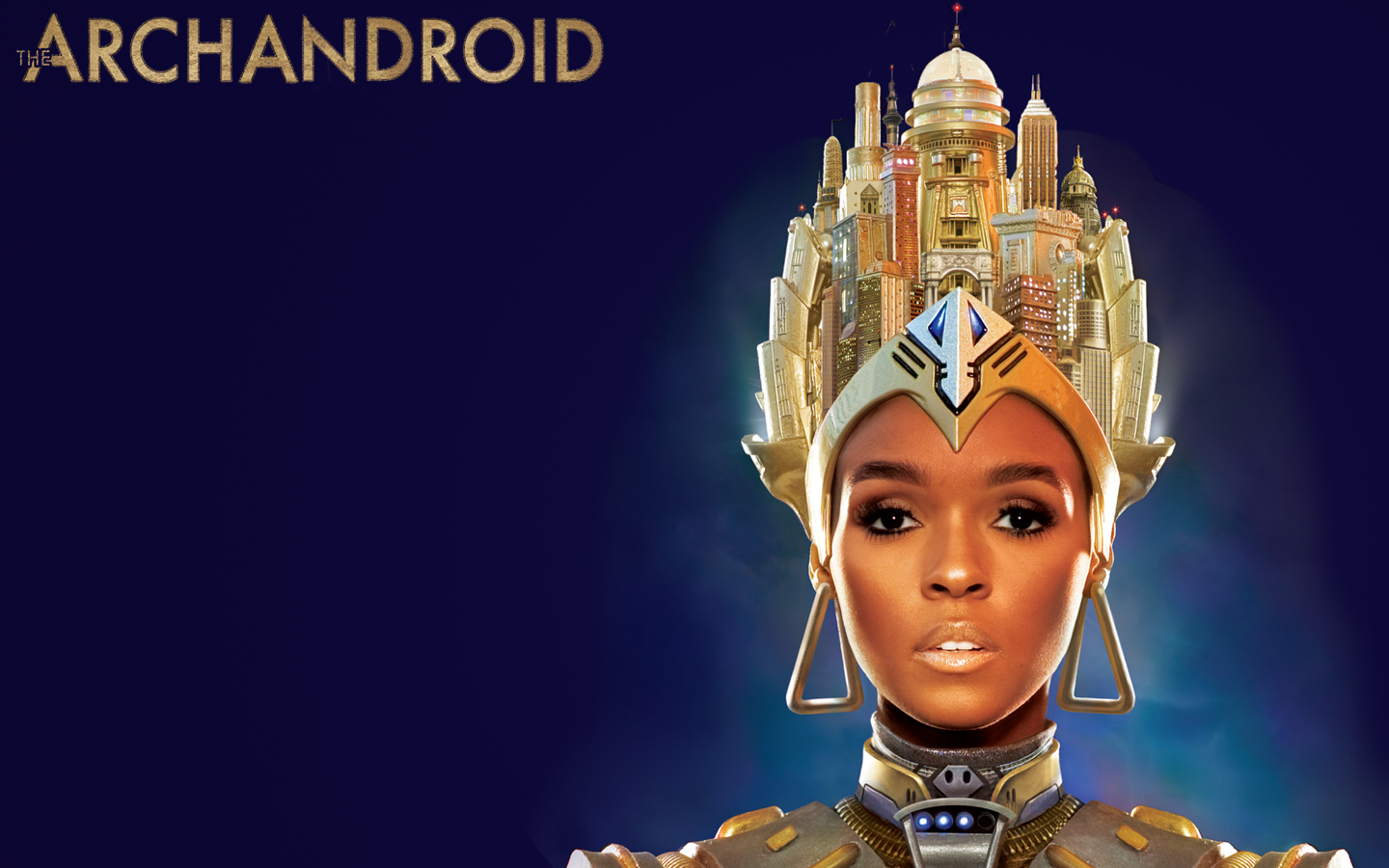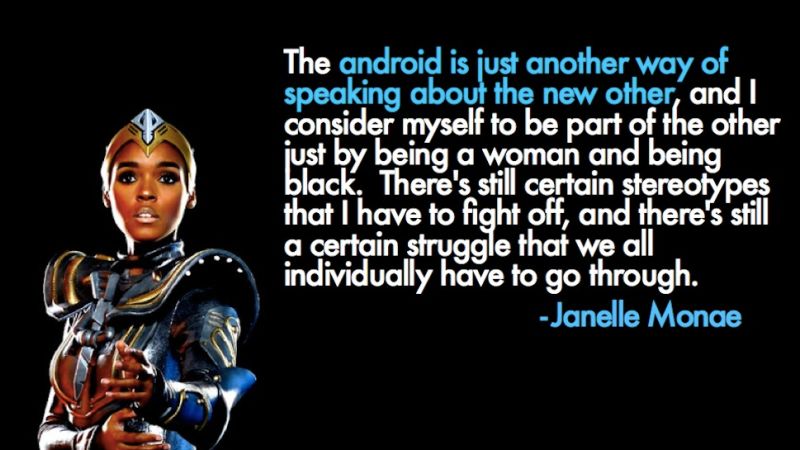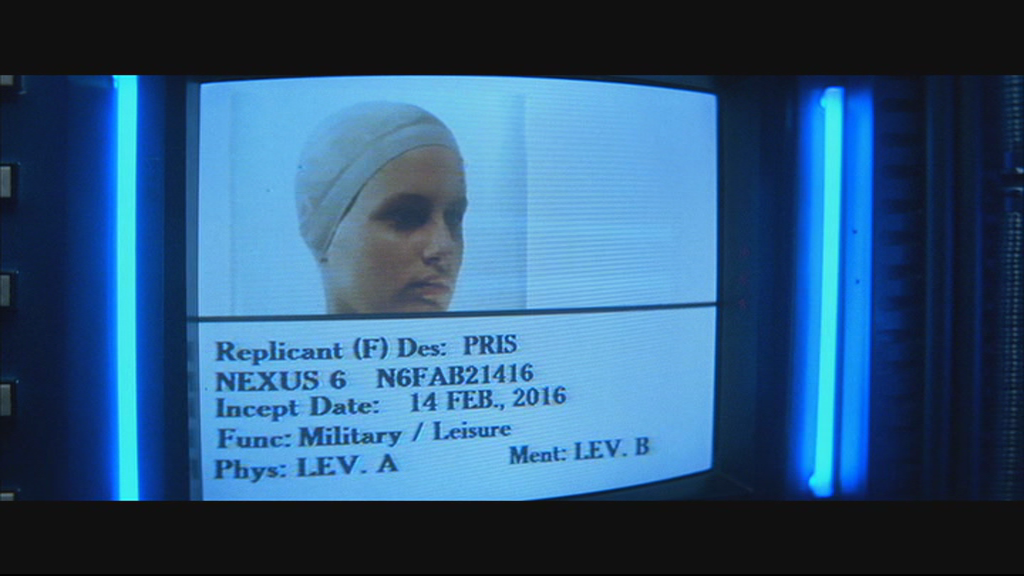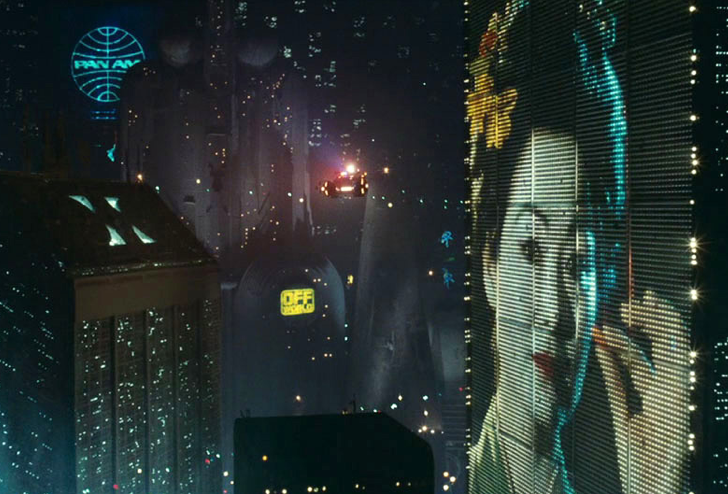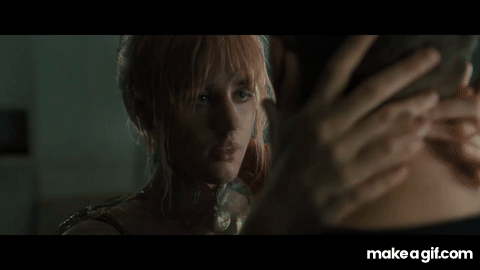.>. Replicants, Blade Running, Liberation
Electric Ladies
"Hey sister am I good enough for your heaven? / Say will your God accept me in my black and white? / Will He approve the way I'm made? / Or should I re-program the program and get down?"
"Racial bias in pain assessment and treatment recommendations, and false beliefs about biological differences between blacks and whites" (link)
Beliefs that blacks and whites are fundamentally and biologically different have been prevalent in various forms for centuries. In the United States, these beliefs were championed by scientists, physicians, and slave owners alike to justify slavery and the inhumane treatment of black men and women in medical research (20–25). In the 19th century, prominent physicians sought to establish the “physical peculiarities” of blacks that could “serve to distinguish him from the white man” (23). Such “peculiarities” included thicker skulls, less sensitive nervous systems, and diseases inherent in dark skin (20, 21, 23). Dr. Samuel Cartright, for instance, wrote that blacks bore a “Negro disease [making them] insensible to pain when subjected to punishment” (20). Other physicians believed that blacks could tolerate surgical operations with little, if any, pain at all (22, 25). Well into the 20th century, researchers continued to experiment on black people based in part on the assumption that the black body was more resistant to pain and injury. The military covertly tested mustard gas and other chemicals on black soldiers during World War II, and the US Public Health Service, in collaboration with the Tuskegee Institute, studied the progression of untreated syphilis in black men from 1932 to 1972.
two short selections from "A Cyborg Manifesto" by Donna Haraway (link)
"There are several consequences to taking seriously the imagery of cyborgs as other than our enemies. Our bodies, ourselves; bodies are maps of power and identity. Cyborgs are no exception. A cyborg body is not innocent; it was not born in a garden; it does not seek unitary identity and so generate antagonistic dualisms without end (or until the world ends); it takes irony for granted. One is too few, and two is only one possibility. Intense pleasure in skill, machine skill, ceases to be a sin, but an aspect of embodiment. The machine is not in it to be animated, worshipped, and dominated. The machine is us, our processes, an aspect of our embodiment. We can be responsible for machines; they do not dominate or threaten us. We are responsible for boundaries; we are they. Up till now (once upon a time), female embodiment seemed to be given, organic, necessary; and female embodiment seemed to mean skill in mothering and its metaphoric exten-sions. Only by being out of place could we take intense pleasure in machines, and then with excuses that this was organic activity after all, appropriate to females. Cyborgs might consider more seriously the partial, fluid, sometimes aspect of sex and sexual embodiment. Gender might not be global identity after all, even if it has profound historical breadth and depth."
"It is not clear who makes and who is made in the relation between human and machine. It is not clear what is mind and what body in machines that resolve into coding practices. In so far as we know ourselves in both formal discourse (for example, biology) and in daily practice (for example, the homework economy in the integrated circuit), we find ourselves to be cyborgs, hybrids, mosaics, chimeras. Biological organisms have become biotic systems, communications devices like others. There is no fundamental, ontological separation in our formal knowledge of machine and organism, of technical and organic. The replicant Rachel in the Ridley Scott film Blade Runner stands as the image of a cyborg culture's fear, love, and confusion."
More human than human
Replicants were used Off-world as slave labor, in the hazardous exploration and colonization of other planets.
After a bloody mutiny . . . Replicants were declared illegal on earth - under penalty of death.
BLADE RUNNER - had orders to shoot to kill, upon detection, any trespassing Replicant This was not called execution. It was called retirement.
Blade Runner 2049 (dir. Denis Villeneuve)
mid-term questions
